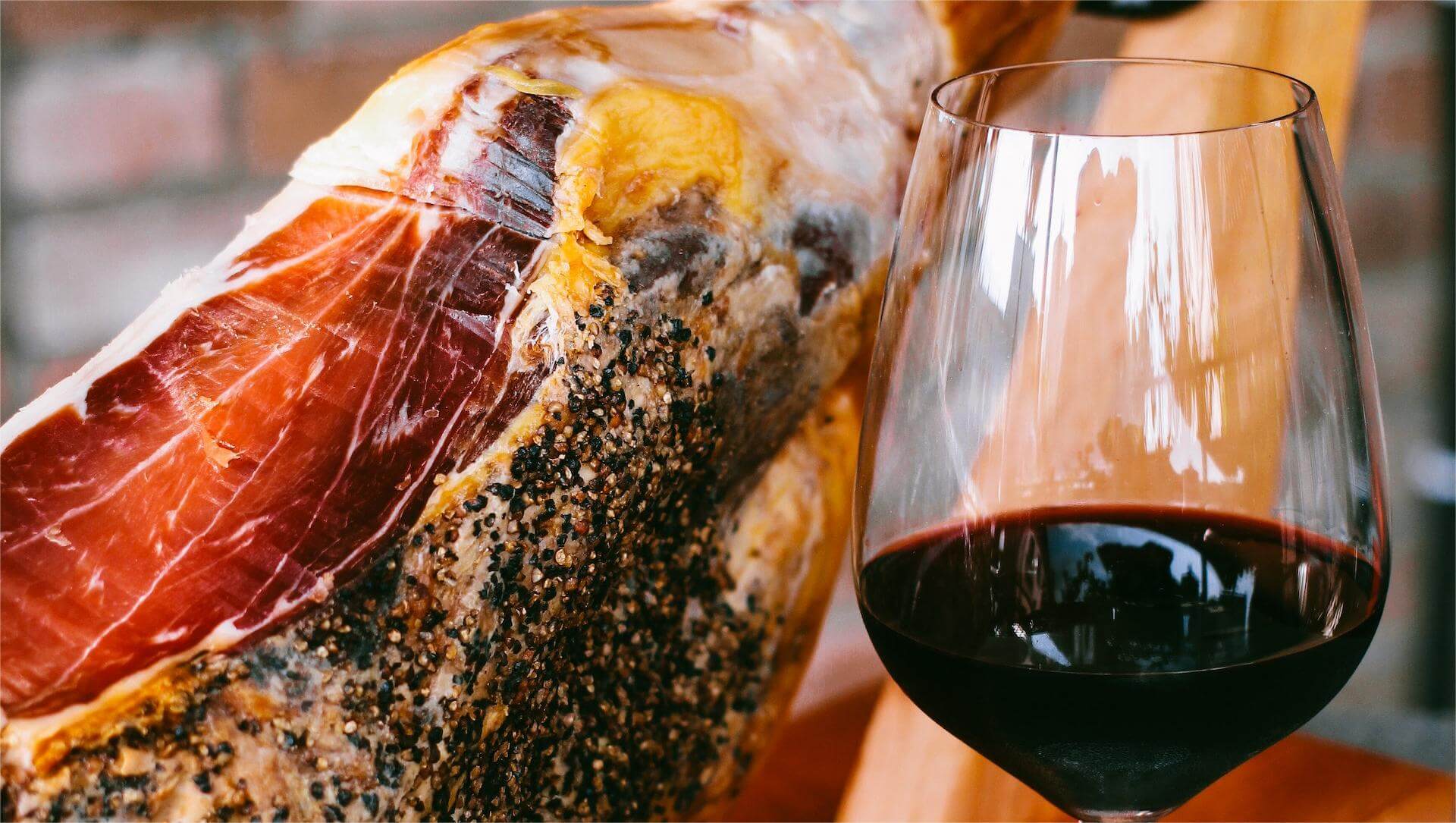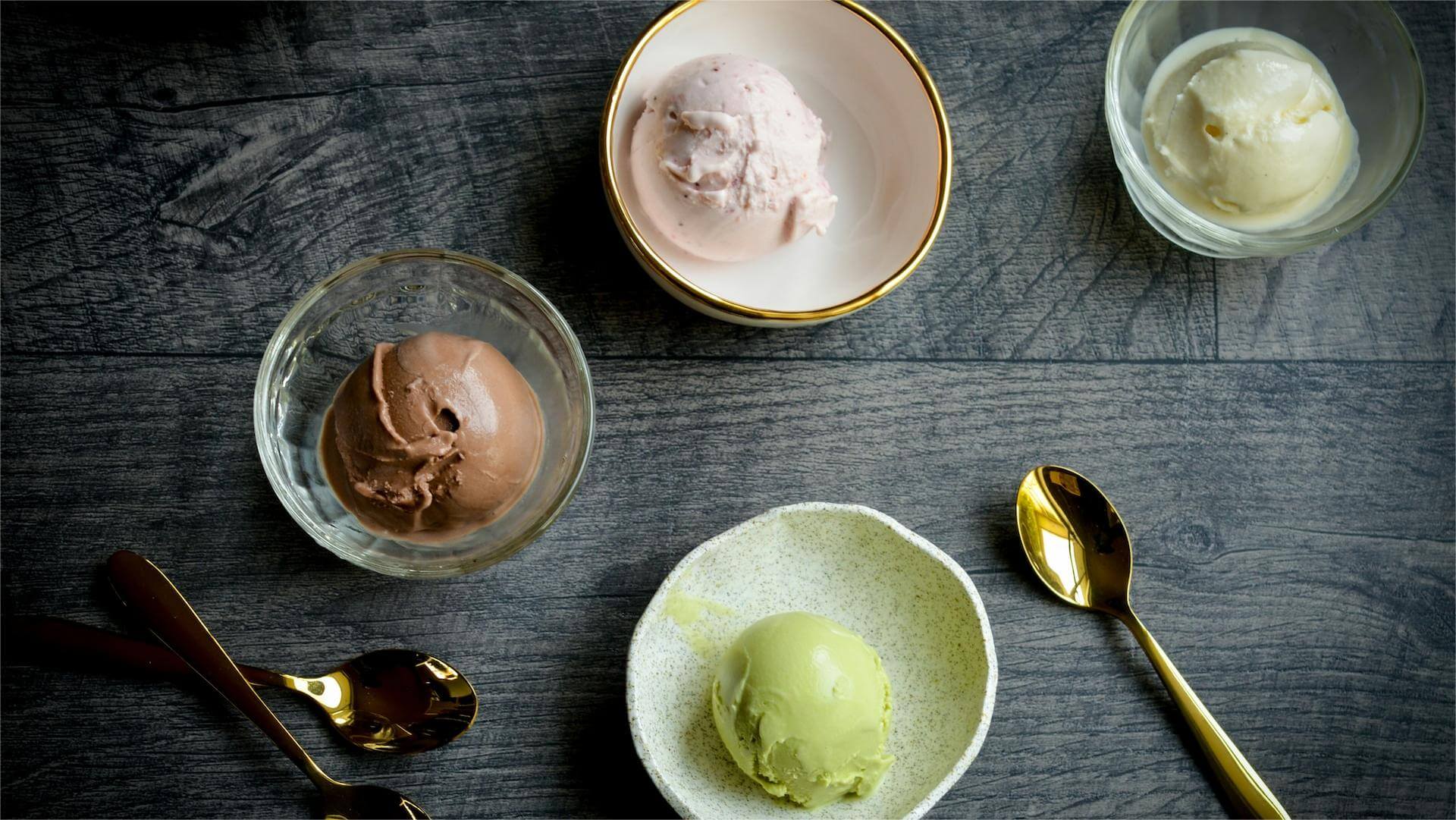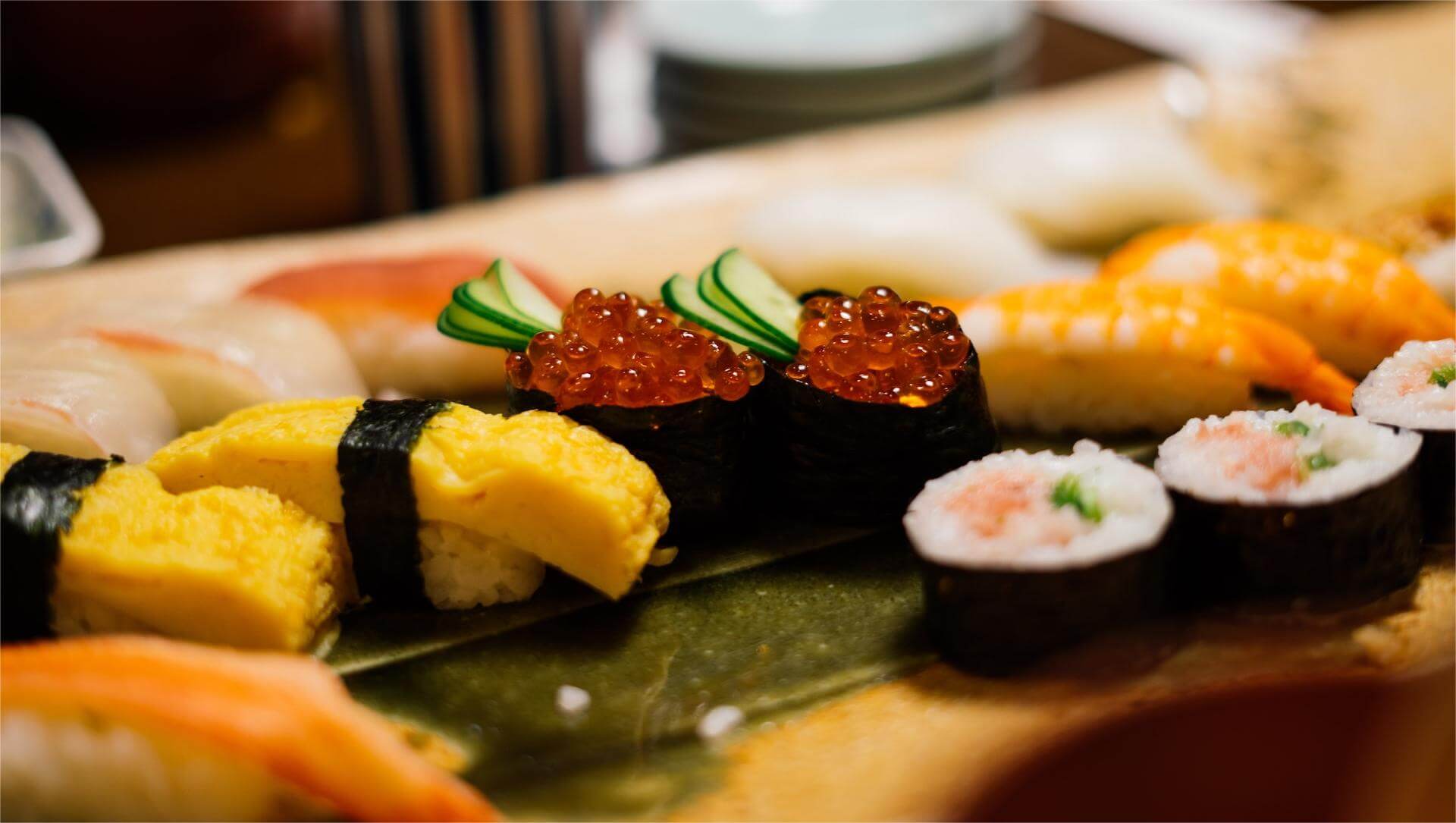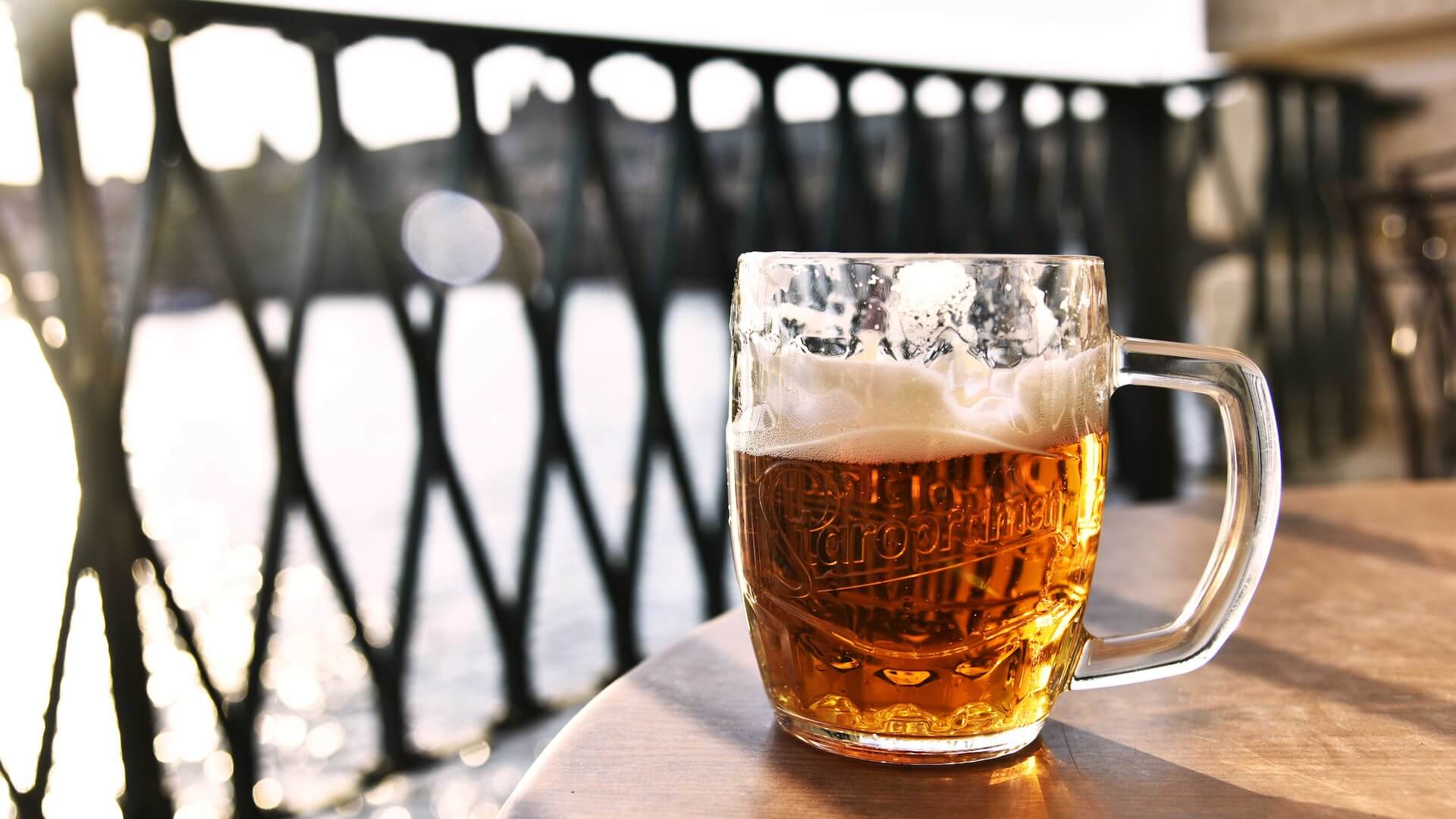S
Jamón ibérico, a world class delicacy, is the most representative Spanish delicacy of the Iberian Peninsula. Even when eaten in the simplest way, its excellent taste and its characteristic fruity woody aroma will always give the taster the ultimate pleasure of the palate.
During the three months of autumn each year, the Iberian pigs, commonly known as Pata Negra, spend their time in the fragrant meadows of the oak forests, leisurely searching for acorns. The exercise makes the pork firm, and the acorns contain the same ingredients as the olives, giving Iberian ham its attractive fruity aroma.
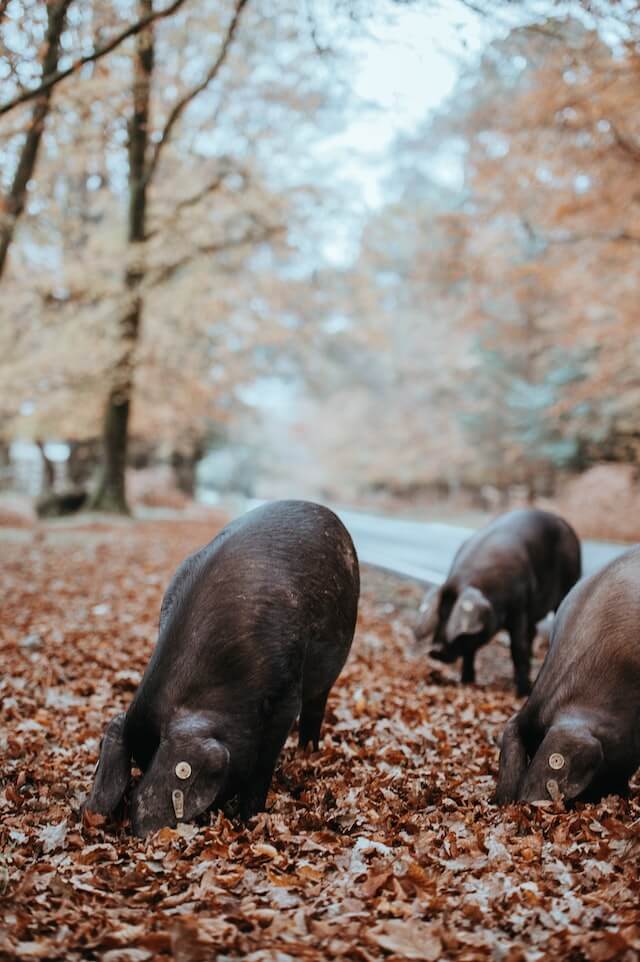
The whole leg of pork is refrigerated overnight to further tighten the meat and then cured by covering it with Andalusian sea salt, the heavier the leg the longer the curing time. Thereafter, the salt is rinsed off the surface with warm water and then hung to air-dry, dehydrating the ham to taste, penetrating every inch of fiber with salt, and naturally maturing through a complex and wonderful internal chemical reaction. This process can take up to three years.
After a final quality check, a piece of Iberian ham has completed an unparalleled five-year journey. Iberian ham is truly called Jamon when it is made from the fatty hind legs of the pig, and Paleta when it is made from the front legs.
The most authentic way to eat Iberian ham is to enjoy it in thin slices, with the right ratio of white marbled fat to rose-colored firm meat. As you chew, the fat of the ham slowly melts in your mouth, and the rich, layered flavors gradually unfold like flower buds, dancing on your taste buds with fruity woody notes.
A sip of the fine red wine adds the finishing touch. The wine has aromas of ripe fruit and a hint of baking, aromas of richness and roundness, and a long, fresh finish. Pair it with a lightly flavored Iberian ham to keep the scent of nature and sunshine in your memory.
